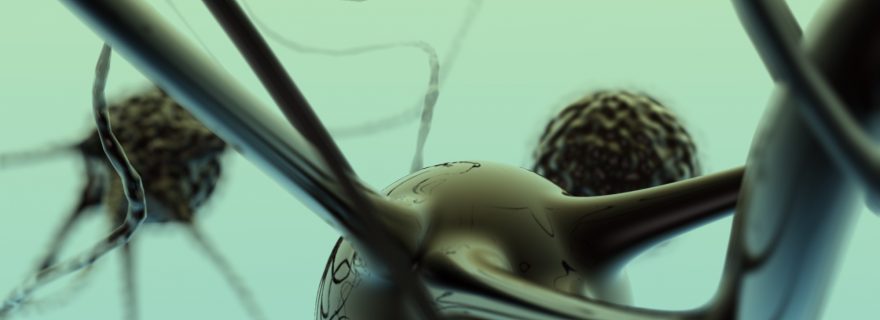Neuroscientists with DREADDs – don’t dread them!
Growing long hair and waxing it until you get greasy locks isn’t that spectacular. But it’s not those DREADDs that we are talking about - neuroscientists have a new tool in their repertoire: Designer Receptors Exclusively Activated by Designer Drugs.
These modified muscarinic receptors have lost their affinity for acetylcholine and instead react to another compound, called clozapine-n-oxide (CNO). DREADDs are able to activate (hM3Dq & rM3Ds) or inhibit (hM4Di) neuronal firing, so depending on the type you use, a different effect will be obtained. They are G protein-coupled receptors, which are a very important class of receptors, as around 36% of currently approved drugs modulate them.
In order to deliver the DREADDs into the cells of interest, a virus carrier system can be used, where a harmless virus is packed with the DREADD gene and a promoter region that will lead this package to the right place in the brain. Another way is by using transgenic animals that possess the DREADDs from birth. Once the DREADDs are present in the right place, they can be activated by CNO.
CNO is normally an inert agent, but these receptors have been modified in such a way that they will respond to it (without responding to anything else). It is most often administered via an intraperitoneal injection, but can be also given via the drinking water (although controlling the exact amount of delivered CNO will be more difficult this way). Once it reaches the area where the DREADDs reside, it will activate them and this will (depending on the DREADD type) lead to either inhibition or activation of neurons. Importantly, this will happen via a G-pathway, because DREADDs are GPCRs.
Now that we know how they function, what can actually be done with these DREADDs?
An example is a study done by Alexander et al. (2009). They demonstrated that the activation of neurons in the hippocampus (by using Gs-DREADD receptors) leads to an amplification of γ-rhythms as well as to an increase in locomotor activity in mice.
In another study the roles of the indirect and direct pathways of the basal ganglia have been investigated further. It has been found that activation of hM4D DREADD receptors reduced the excitability of striatal neurons. Furthermore, transiently disrupting the activity of striatopallidal neurons (indirect pathway) facilitated behavioural sensitization, while decreasing the excitability of striatonigral neurons (direct pathway) blocked this effect. Thus, DREADDs are a useful tool for investigating the specific contribution of neural pathways to behaviour.
Taken together, DREADDs can be used in a cell-specific manner to reveal the role of specific pathways in neuropsychiatric disorders. Moreover, although safe ways for delivery in humans still need to be found, these engineered receptors might have a therapeutic value for a range of neuropsychiatric disorders.



0 Comments